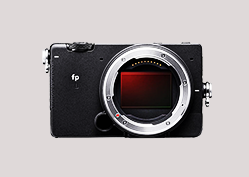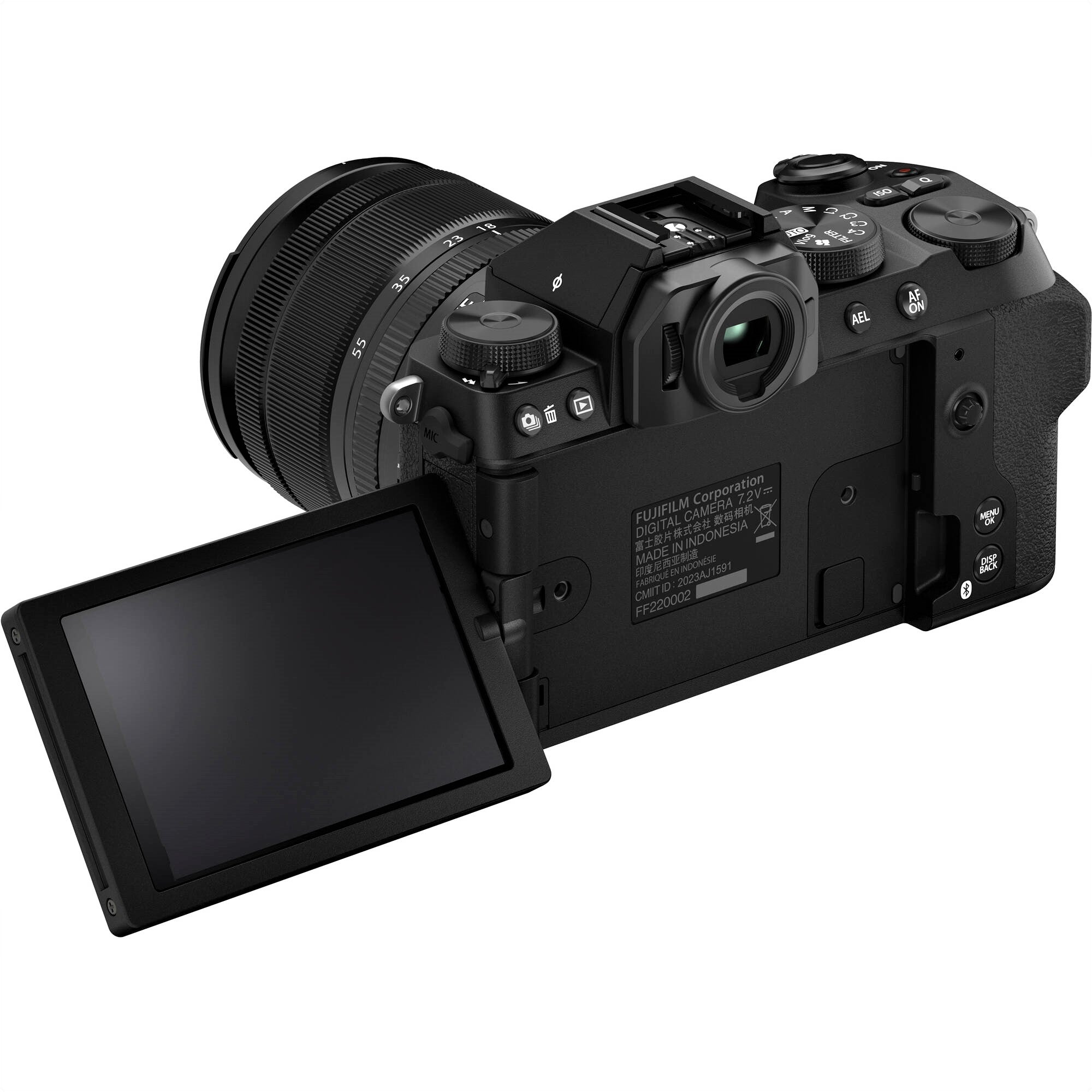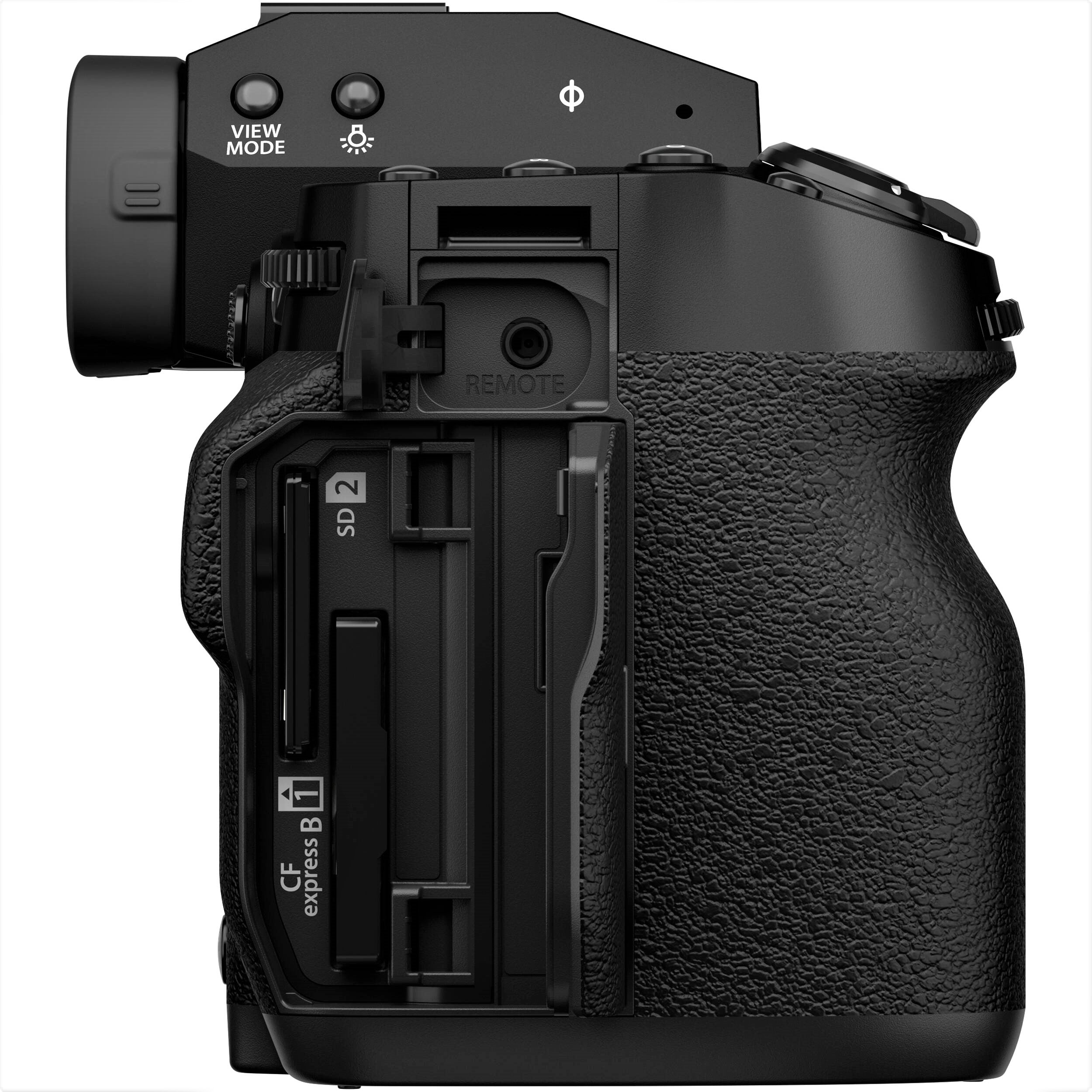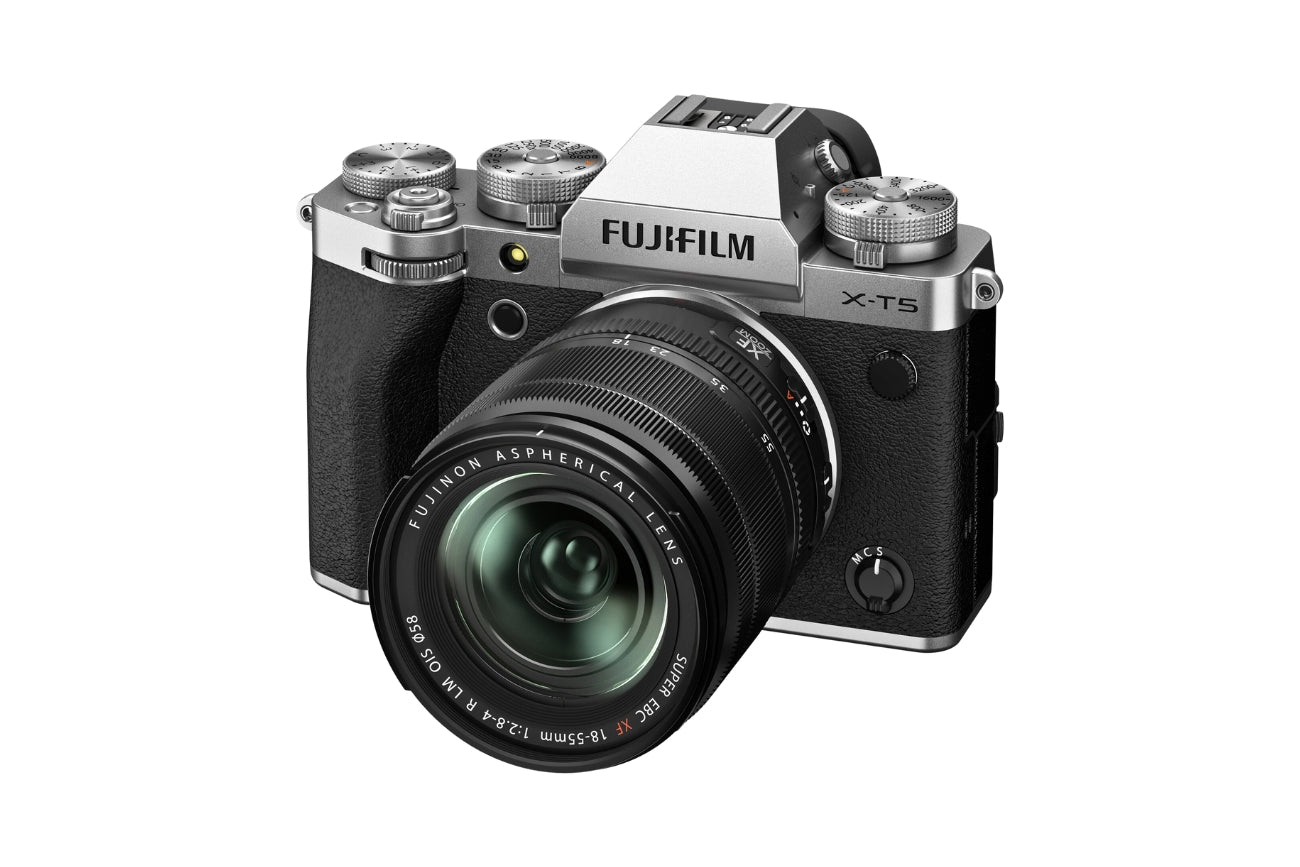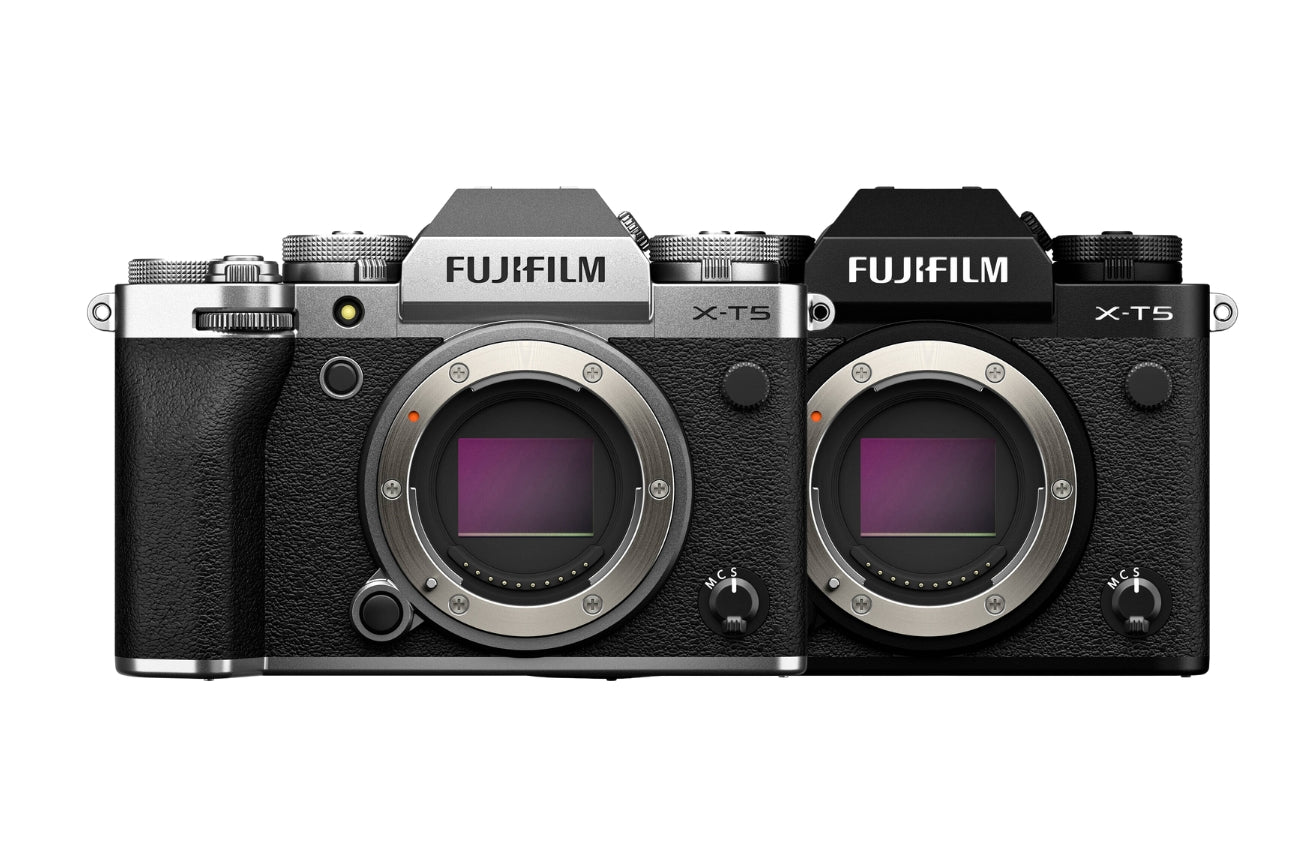Fujifilm's X-T30 II vs. X100V Mirrorless Cameras

Fujifilm's latest gems, the Fujifilm X-T30 II Mirrorless Camera and the Fujifilm X100V Digital Camera, come in classic black or silver. These cameras combine style with substance, making them favorites among mirrorless options.
What sets them apart? Both models boast exceptional image and video quality, akin to the versatility of a Swiss Army knife, featuring advanced capabilities that even professional photographers appreciate.
These cameras are not just for pros. Whether you shoot professionally or for pleasure, this guide covers it all. We delve into each model's standout features and capabilities.
Interested in elevating your photography skills? Join us as we delve into the details of these Fujifilm marvels to discover your potential new partner in photography!
Introduction to Fujifilm's X-T30 II and X100V
The Fujifilm X-T30 II and X100V are distinguished stars in Fujifilm's X-series lineup, designed for photography aficionados who demand excellence. Take a look at the unique attributes of each model.
Starting with the X-T30 II, it stands out as a versatile performer, suited for those keen on exploring various photographic styles and angles. Its interchangeable lens system is a highlight, allowing users to adapt to diverse shooting contexts, from expansive landscapes to intricate portraits.
At its core lies a large APS-C sensor, key to capturing sharp, detailed images, even in dim lighting.
Conversely, the X100V epitomizes compact, streamlined design, making it perfect for photographers who prioritize portability without sacrificing quality. It features a fixed 23mm f/2 lens, celebrated for its adaptability and the exquisite, blurred backgrounds it produces.
It shares the APS-C sensor with the X-T30 II, guaranteeing richly detailed and colorful images.
Both models benefit from the advanced X-Processor 4, which enhances their rapid autofocus capabilities, essential for seizing fleeting moments. They also offer a swift continuous shooting mode, ideal for action photography. The resulting image quality is exceptional, with vibrant colors and sharp details that give a professional studio feel.
In conclusion, whether you opt for the adaptable X-T30 II or the elegant X100V, you are equipped with a camera that combines sophisticated features to elevate your photography experience.
X-T30 II and X100V: A Comparison of Key Features
While both cameras share many features, there are some key differences between them. Here is a breakdown of the main features that differentiate the X100V from the X-T30 II:
Image Quality: Which Camera is Better?
The X-T30 II and X100V cameras feature high-quality APS-C sensors and advanced processing technology, making them excellent choices for photographers. Here’s a closer look at their capabilities:
The X-T30 II is equipped with a 26.1-megapixel APS-C X-Trans CMOS 4 sensor, enhancing image clarity and detail. Its dynamic range revitalizes photos, and Fujifilm's unique color filter array eliminates the traditional optical low-pass filter. This results in sharper, more vivid images—it’s like viewing the world in high-definition.
On the other hand, the X100V utilizes the same 26.1-megapixel X-Trans CMOS 4 sensor, ensuring high-quality image capture. It stands out with its fixed lens system, which is sharper and faster than many interchangeable lenses, ideal for street, travel, and documentary photography where capturing fleeting moments with precision is crucial.
Additionally, the X100V combines its sensor with an exceptional Fujinon 23mm f/2 lens, engineered to maximize the camera’s potential. It effectively turns the camera into a powerhouse for capturing stunning photographs.
Autofocus Performance: Which one has the best AF system?
The X-T30 II and the X100V from Fujifilm feature advanced autofocus technologies, combining phase-detection and contrast-detection for speedy, accurate focusing.
The X-T30 II shines with its hybrid AF system, boasting 425 selectable points, making sure precise tracking even in challenging lighting or fast-moving scenes. This camera excels in speed, capable of shooting at 8 frames per second—ideal for capturing fleeting moments.
On the other hand, the X100V excels in portrait photography with its robust face and eye detection that performs well even in dim conditions. Though it has fewer AF points—117—it remains highly effective, with quick and sharp focusing capabilities.
Equipped with the potent X-Processor 4, the X100V manages tasks swiftly and efficiently, standing as a formidable contender in its category.
Video Capabilities: Which camera can shoot 4K video at 30p?
The XT30 II and X100V both excel in 4K video capture at 30fps, though they shine differently. The XT30 II, robust in video capabilities, boasts an array of film simulation modes. ETERNA mode, its highlight, transforms videos into cinematic masterpieces.
It also features microphone and headphone jacks for superior audio capture, plus 120fps filming for detailed slow-motion visuals.
Conversely, the X100V focuses on unique visuals with film modes like CLASSIC CHROME and ACROS, enhancing videos with artistic flair. Its built-in ND filter proves invaluable in bright conditions, enabling shallow depth of field for a professional look.
However, it lacks a microphone input, somewhat narrowing audio capture options.
Design and Build Quality: Which is better?
The Fujifilm X-T30 II and X100V showcase distinct qualities. Here’s a snapshot of the X-T30 II: It’s light. Compact. You toss it in your bag, roam all day, no strain. Despite its size, this camera is robust, featuring a durable magnesium-alloy body—it’s tough.
It’s not just rugged; it’s stylish. Picture a sleek, modern camera with a tilting touchscreen and a sizeable grip for easy lens changes. It’s bulkier than the X100V, yet that’s a minor tradeoff for its versatility and extensive customization.
Now, the X100V: It’s a tribute to the golden era of photography, echoing traditional rangefinder aesthetics. Its design? Timeless—combining metal elegance with luxurious leather. Beyond beauty, the X100V delivers a gratifying, intuitive handling experience.
In essence, the X-T30 II serves the modern photographer, adaptable and ready for anything. The X100V, meanwhile, marries classic charm with simplicity. Both models cater to varied photographic preferences, each outstanding in its own right.
Battery Life and Connectivity: X-T30 II or X100V?
When you're shopping for a new camera, battery life is crucial, particularly if you're a professional who spends long hours on shoots. Consider the X100V and X-T30 II models, both of which use the NP-W126S battery.
This battery allows for up to 350 shots per charge. However, the X-T30 II edges out the X100V in terms of energy efficiency.
This means the X-T30 II lasts a bit longer on a single charge, giving you extra time to capture those essential shots without the stress of a dying battery.
Switching to connectivity, it's essential in today's digital age, especially for sharing and controlling your work. Both the X100V and X-T30 II excel with their connectivity options. They feature built-in Wi-Fi and Bluetooth, simplifying the process of pairing with other devices.
This connectivity is perfect for transferring images quickly or using remote control features to enhance your shooting experience.
Additionally, these cameras include USB-C and HDMI ports, offering further versatility and convenience. Whether you're moving data or connecting to external devices, these features are designed to streamline your workflow and enhance your overall camera use.
Price Comparison: Which is cheaper?
The X-T30 II and X100V are both premium mirrorless cameras that come at a premium price. The X100V retails for around $1,399.95, while the X-T30 II costs around $899.95 for the body only. However, keep in mind that the X-T30 II requires interchangeable lenses, which can add to the overall cost. If you are on a budget and don't mind a fixed lens, the X100V may be a more cost-effective option. If you need more versatility and interchangeable lenses, the X-T30 II may be a better investment in the long run.
The Fujifilm X-T30 II is available in different styles:
- Fujifilm X-T30 II Mirrorless Camera (Black & Silver, Body Only) - available at a manufacturer’s suggested retail price of $899.95.
- Fujifilm X-T30 II Mirrorless Camera with 18-55mm Lens (Black & Silver) - available at a manufacturer’s suggested retail price of $1,299.95.
- Fujifilm X-T30 II Mirrorless Camera with XC 15-45mm OIS PZ Lens (Black & Silver) - available at a manufacturer’s suggested retail price of $999.95.
Conclusion: Which camera is right for you?
Choosing between the X-T30 II and X100V ultimately comes down to your specific needs and preferences as a photographer. If you need more versatility, interchangeable lenses, and advanced video features, the X-T30 II may be a better fit for your needs. But if you value a compact size, sharp lens, and classic design, the X100V may be the perfect camera for street, travel, and documentary photography.
Ultimately, the choice between these two cameras depends on your specific requirements, shooting preferences, and budget. By carefully considering the information provided in this comparison, you can make an informed decision that suits your individual needs and enables you to capture extraordinary moments with confidence.
The Fujifilm X-T30 II and X100V are two of the best mirrorless cameras in the market today. They offer advanced features, exceptional image and video quality, and sleek designs that cater to professional photographers. Whether you prefer a fixed lens or interchangeable lenses, compact or bulkier designs, Fujifilm has a camera that caters to your needs. We hope this comprehensive review has helped you make an informed decision on which camera to invest in for your photography needs.
If you are looking to purchase the Fujifilm X-T30 II or X100V for sale, be sure to check out our online store for the best deals and discounts. Happy shooting!
And if you have product request that you would like us to review, please reach out to us at sales@nuzira.com. For additional information and updates, you can also follow our Facebook and Instagram pages.
Disclaimer: The information provided in this article is based on the specifications available at the time of writing and may be subject to change.

